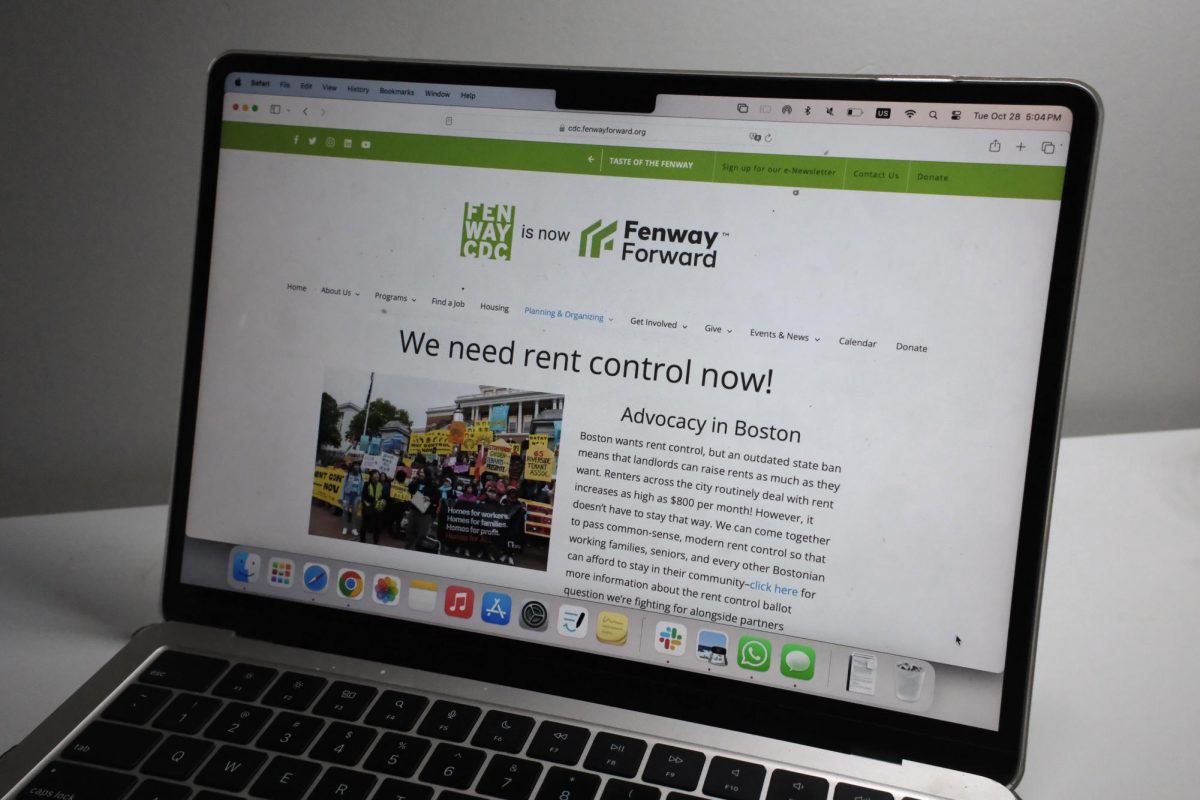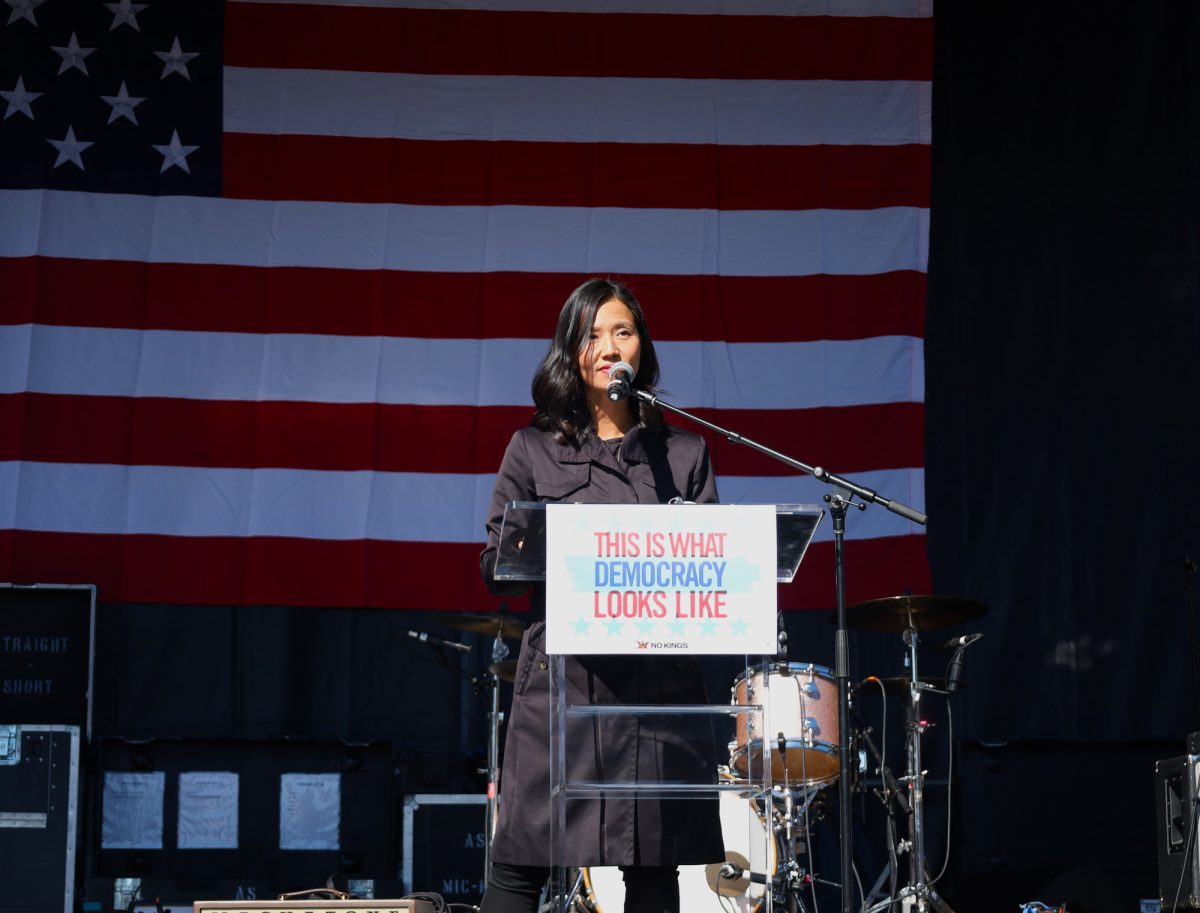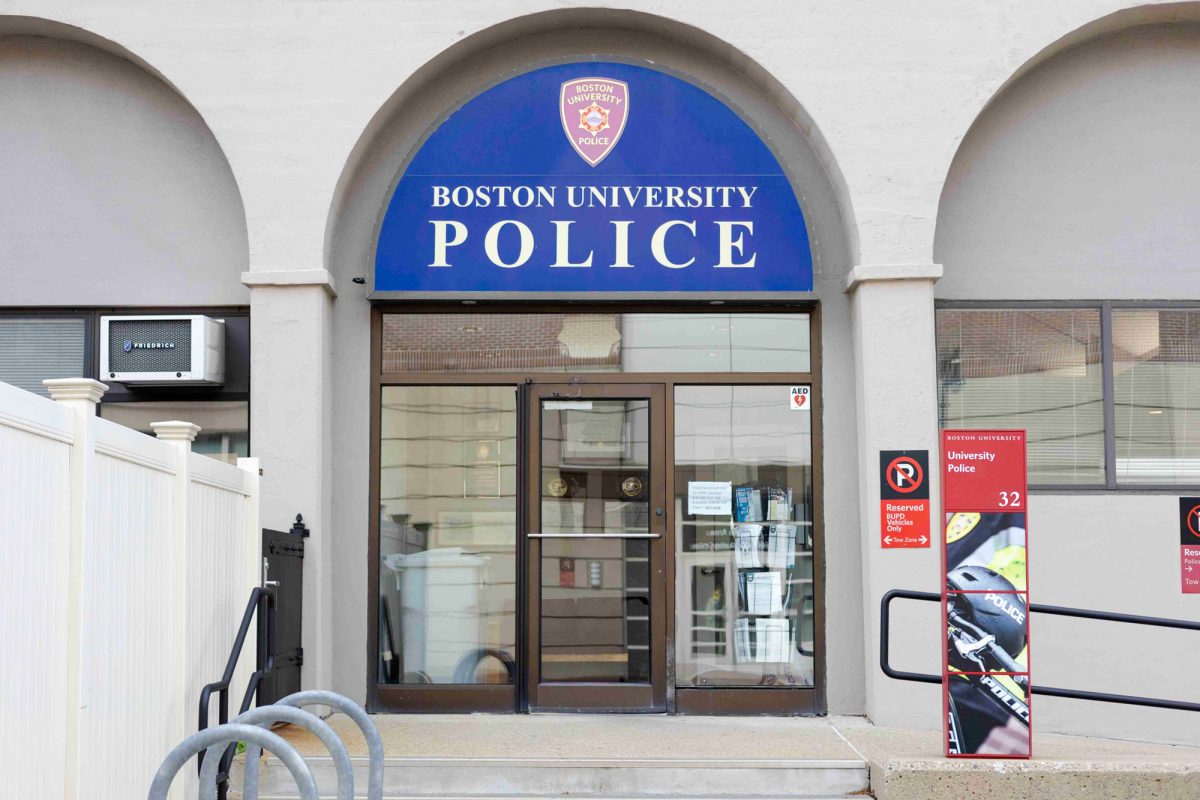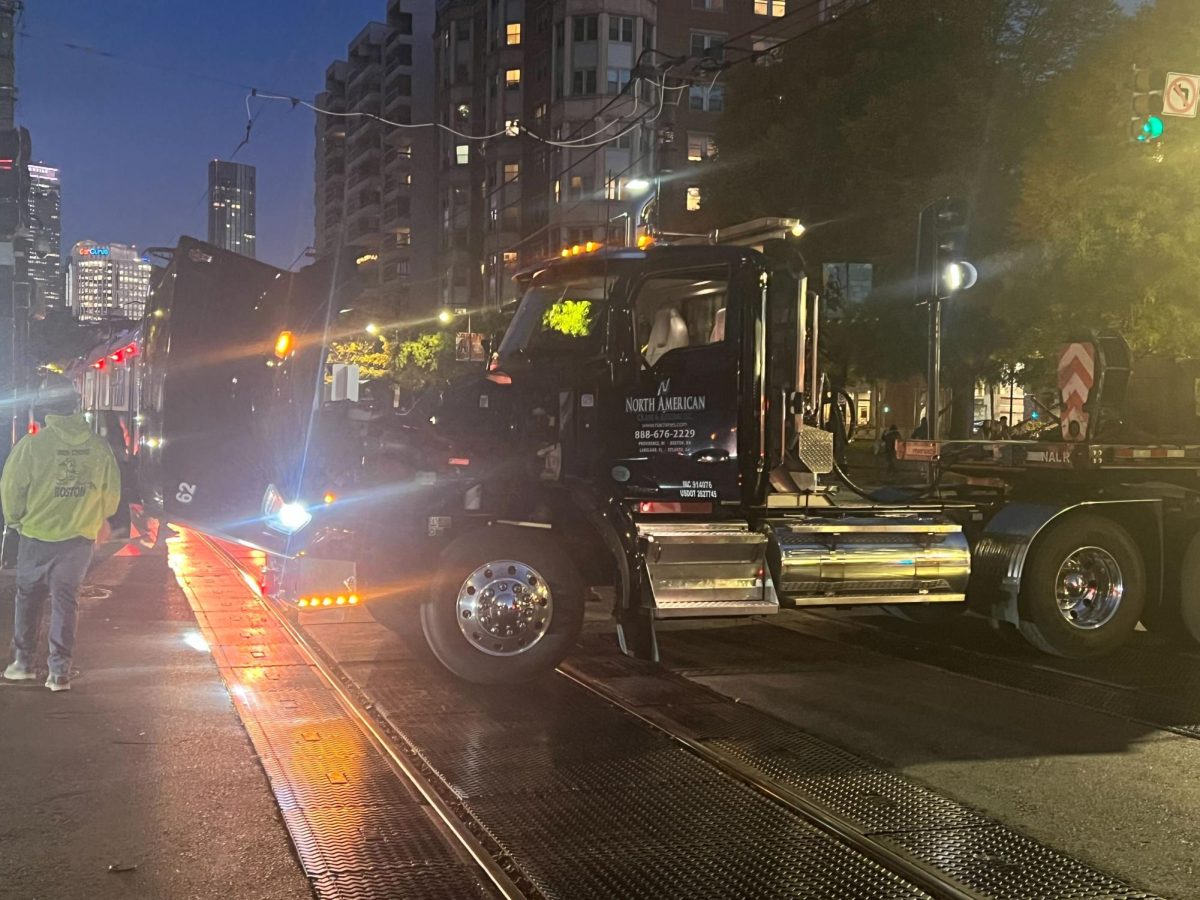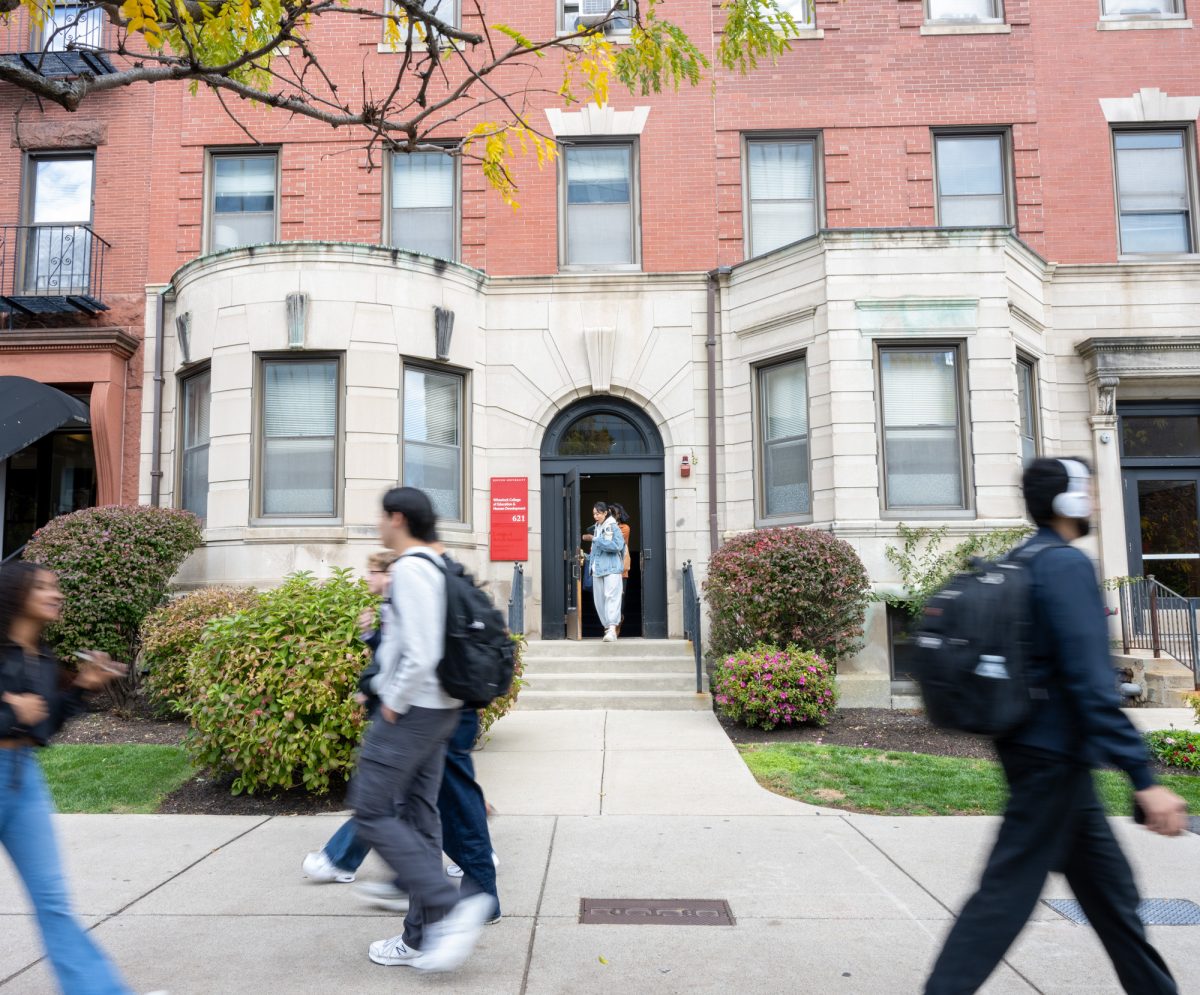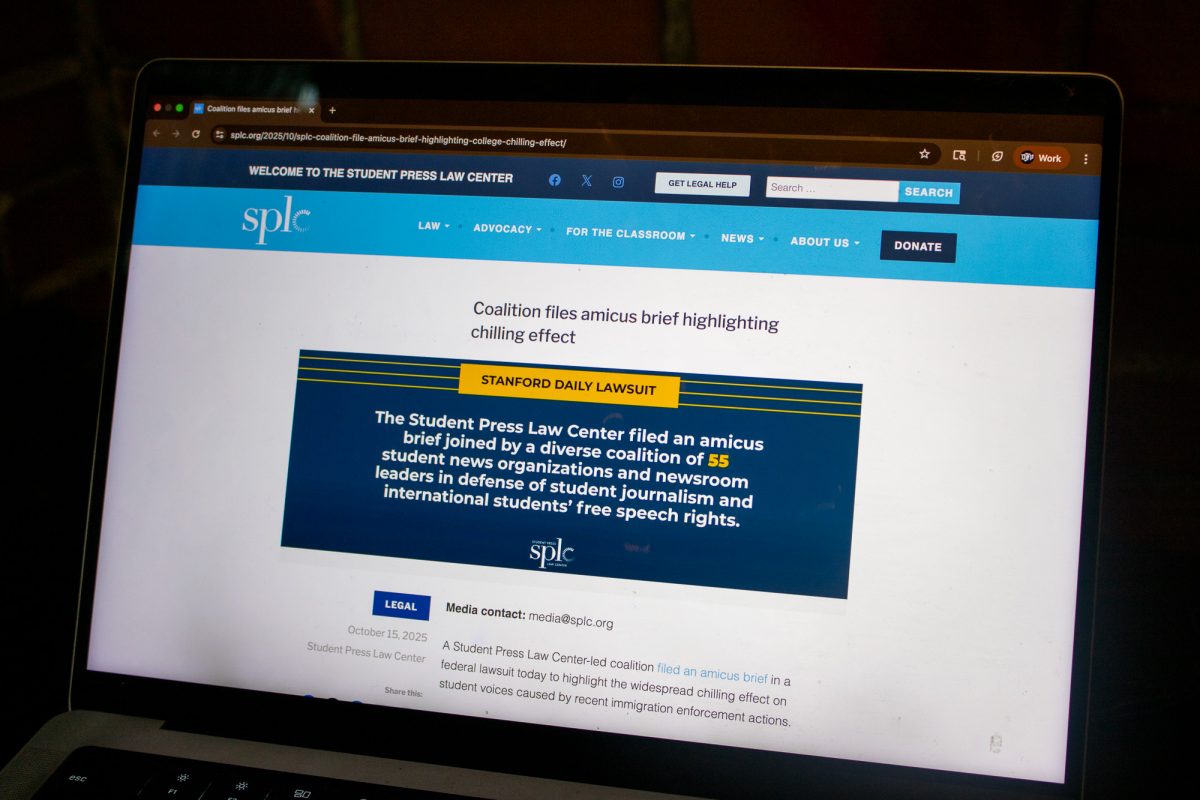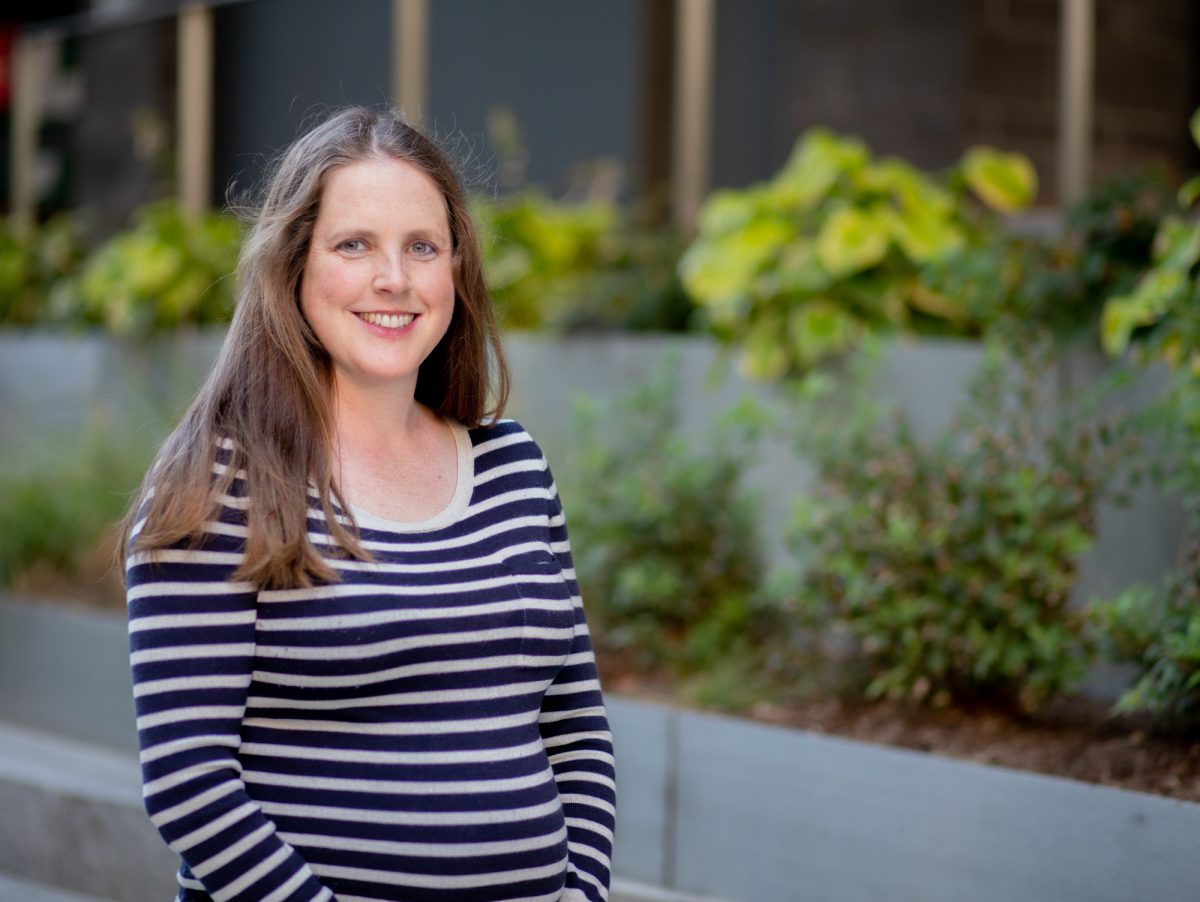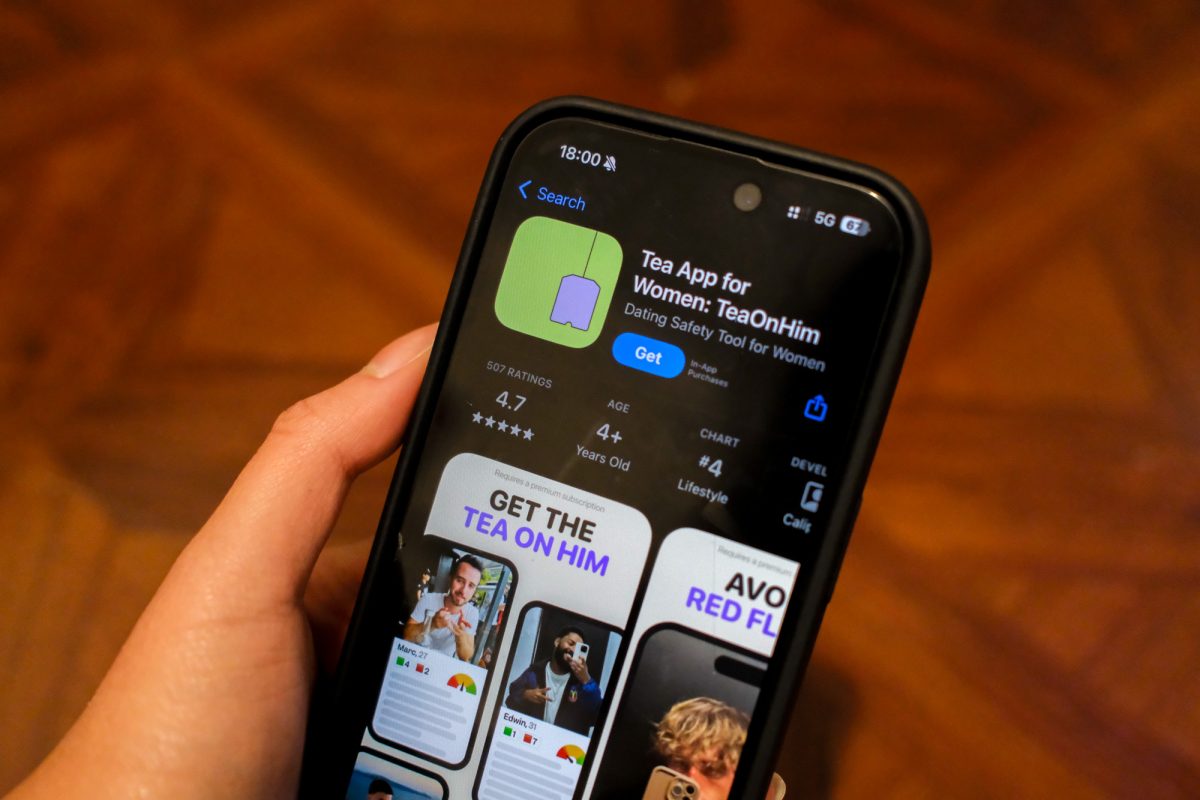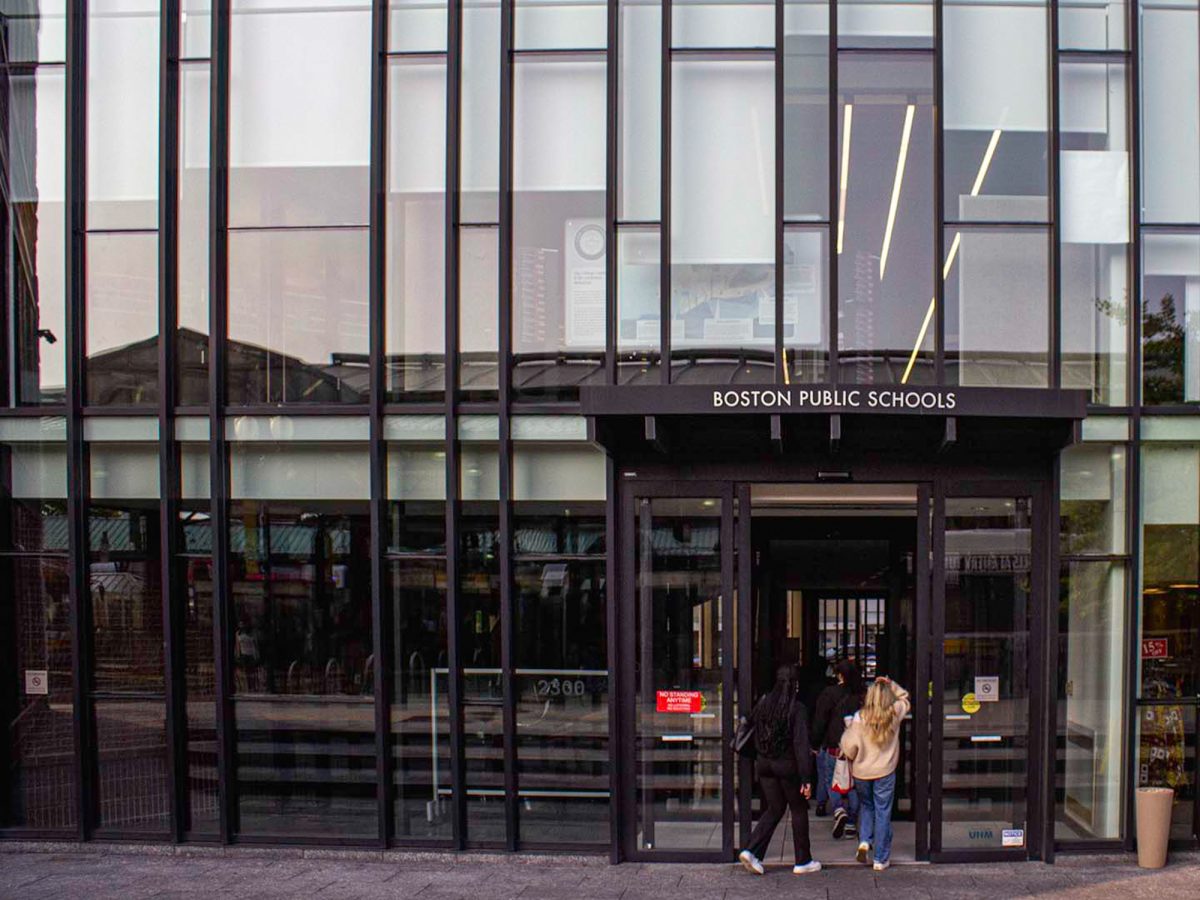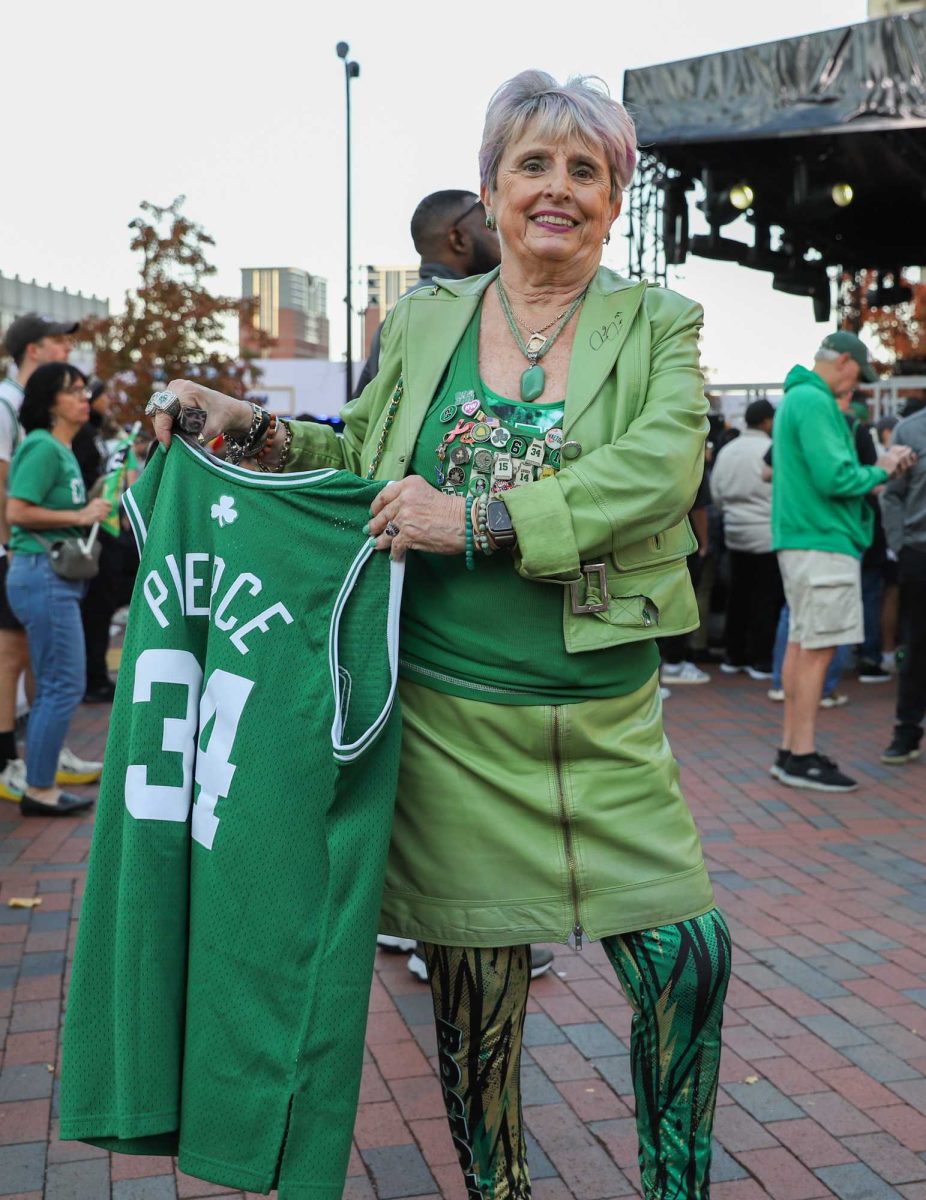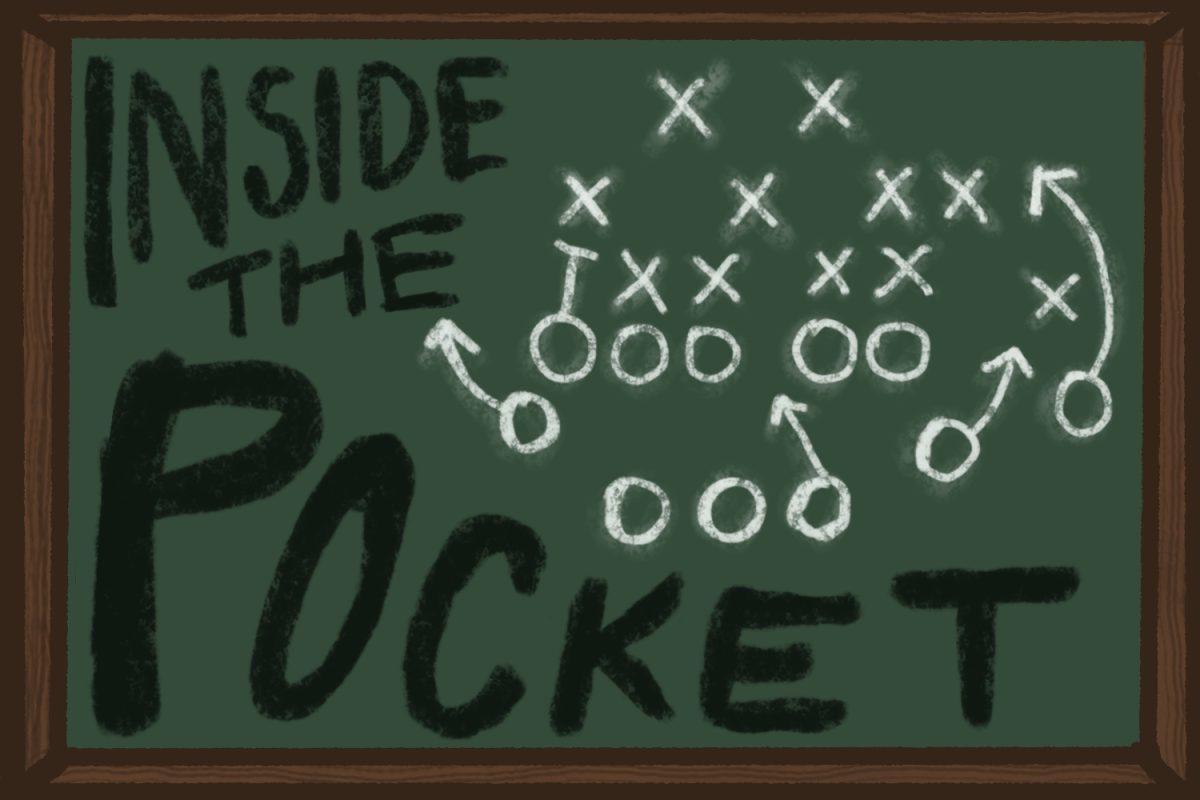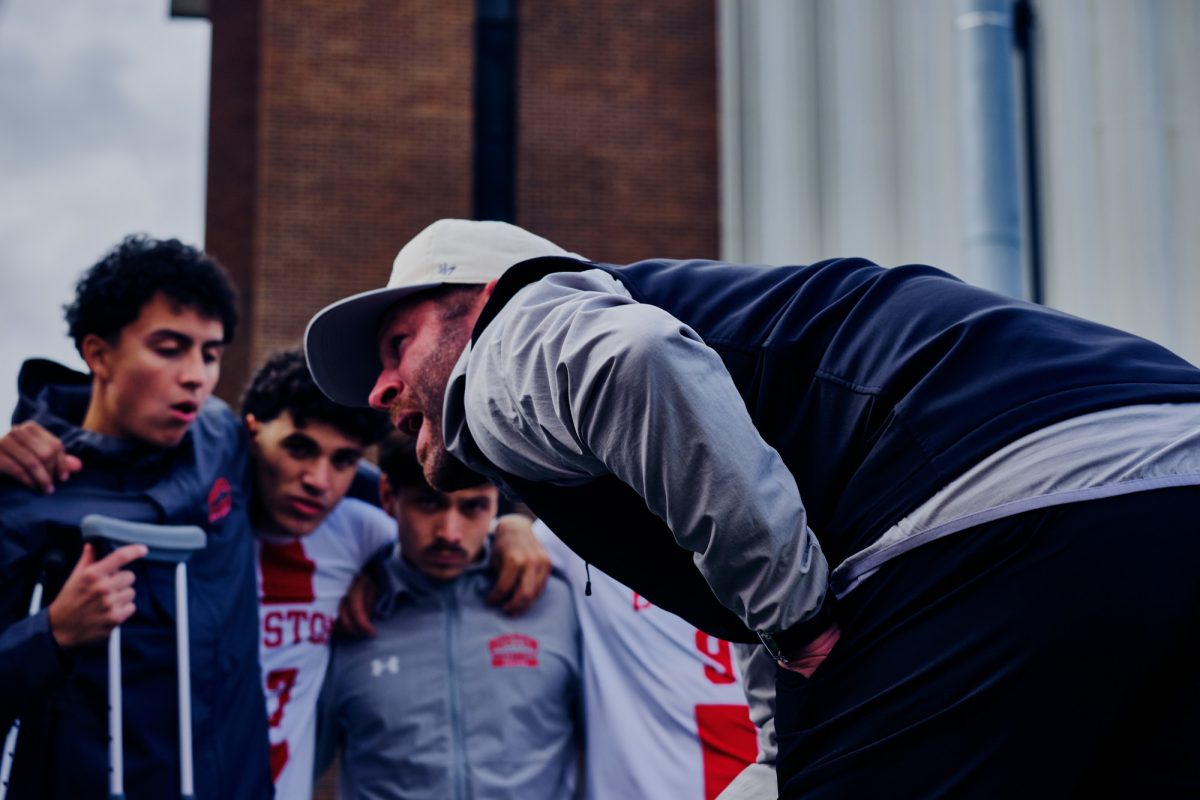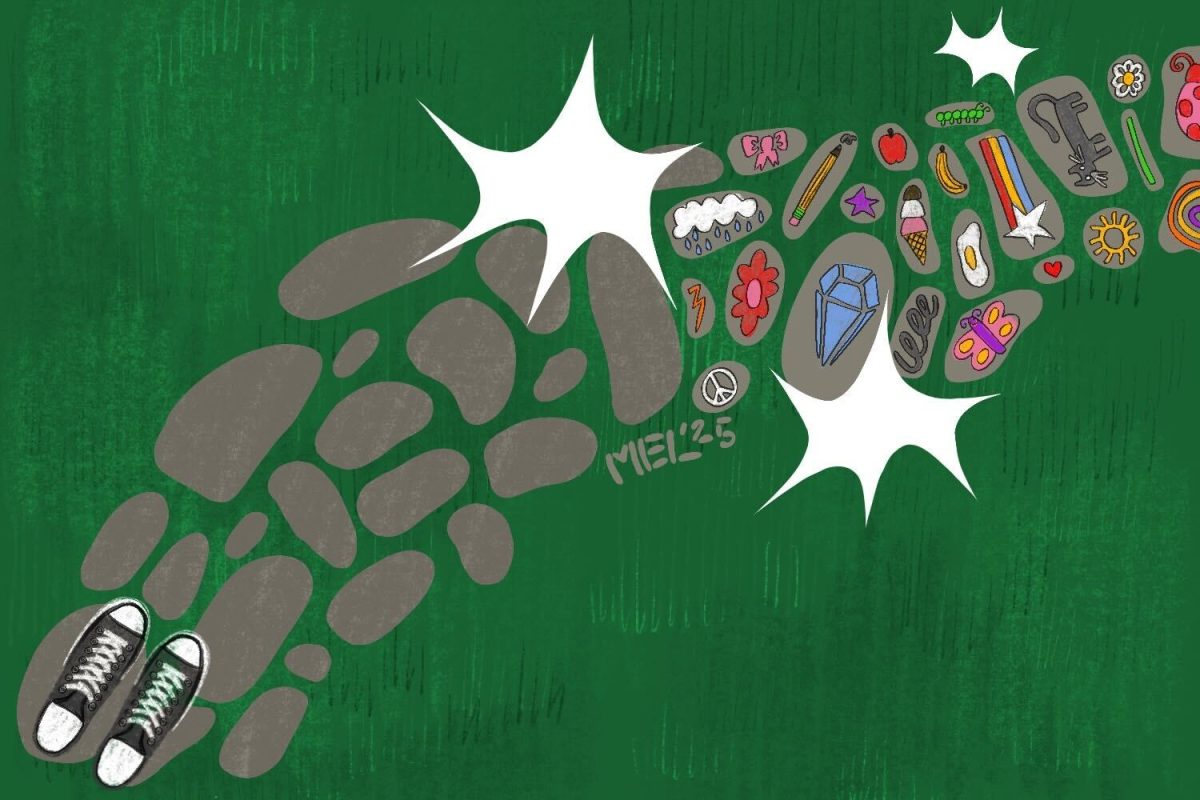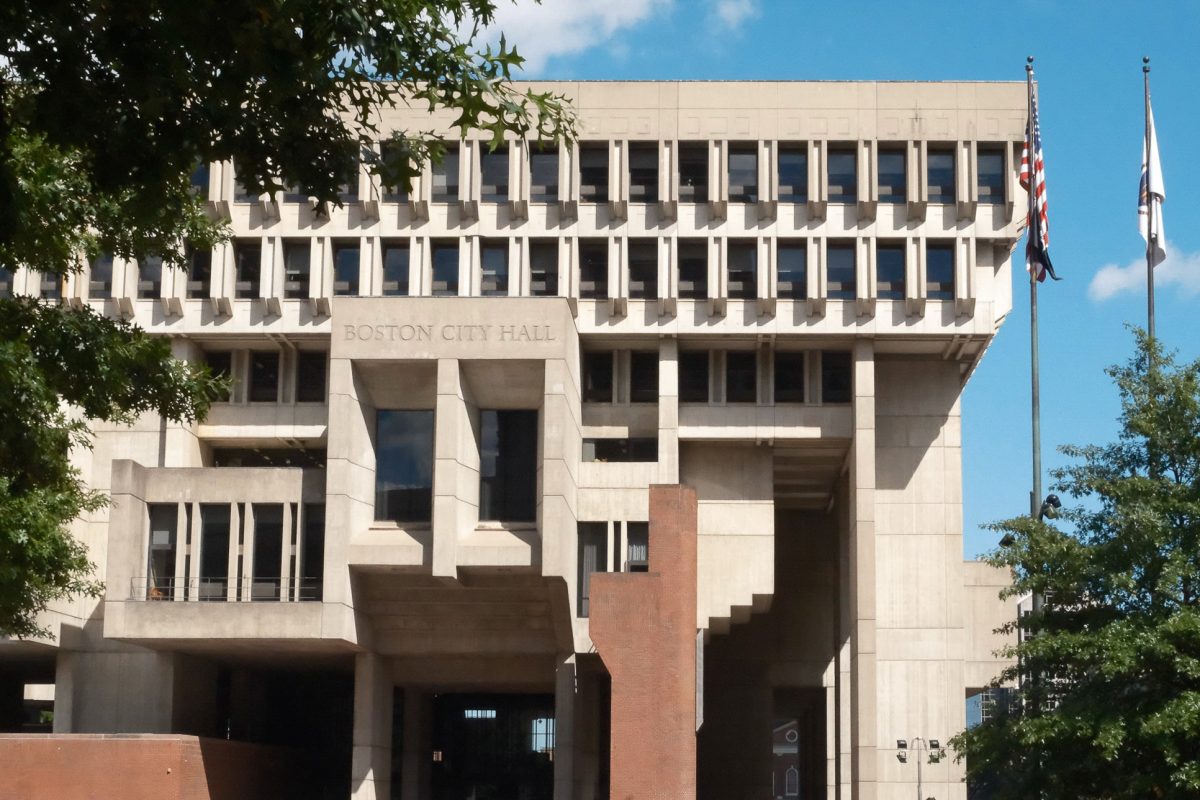A number of Boston University students said they were not surprised by a study conducted by the Annenberg Institute for School Reform at Brown University, which found students from low-income backgrounds are not as prepared for college as other undergraduates.
The study, released Wednesday, examined high school students in New York over a 10-year period and concluded that low-income as well as African-American and Latino high school graduates from the inner city are not as college-ready as their peers.
If high school students pass a standardized New York State Mathematics Regents exam with a score of an 80 and the English Regents exam with a score of a 75, they are defined by the state as college-ready, according to the study.
“College-readiness rates are still largely predicted by the demographics of a student’s home neighborhood,” the study stated.
BU spokesman Colin Riley said this trend does not affect a large portion of BU’s student body.
“Students need to have had a certain level of achievement to be a competitive applicant,” Riley said. “We certainly have students who are from socioeconomically disadvantaged homes. And if they get accepted to BU, it’s very likely they’ll graduate and do well here.”
Riley said BU operates with need-blind admissions.
“An applicant might also indicate a difficult [economic] situation in their essay,” he said. “Basically, when we are looking at applicants, we ask how is this student going to contribute to their education and the education of others here at the University.”
In the 2011–12 academic year, more than 8,580 students had BU-funded scholarships averaging $22,125, Riley said. Included in that group were 2,750 students who also received Pell Grants with an average award of about $4,000.
BU sociology professor David Swartz said the study raises concerns in educational disparities.
“Class and race factors continue to be powerful forces shaping education and career outcomes in American society,” he said in an email. “Public policies that aim to increase employment opportunities for the lowest income groups should be considered. And early-childhood intervention programs, while expensive, should be pursued.”
“Low-income families don’t have the financial resources to provide students with ways to continue their education at home, which can affect a student’s performance in the classroom,” said Adam Jakubiak, a College of Communication graduate student. “It’s also up to teachers and schools as well so that every student has a fair shot to learn.”
Jakubiak said he comes from a median-income background and took pride in working hard to get accepted into BU.
“My parents are financially stable, but I don’t have much money or a scholarship,” he said. “I’m going to be in debt for a while, but the thing is, I came to BU to pursue my education and to try to do what I want to do in life.”
Jakubiak said BU has done a good job of accepting students from various types of economic backgrounds.
“It all depends on how hard students are willing to work and if they’re able to get past financial hindrances,” he said. “BU is an expensive school, but that shouldn’t hinder kids from chasing their dreams.”
Charlie Chung, a College of Arts and Sciences senior, said although he was born in Korea and attended high school in New Zealand, the conclusions of the study make sense to him.
“My understanding of the educational system in the U.S. is that it’s very polarized,” he said. “The rich get the best education they can afford while students from low-income backgrounds don’t receive a quality education.”
Chung said college readiness was not an issue in New Zealand.
“However, I do see a similar trend in that country too because people from low-income backgrounds can’t afford to send their kids to private institutions,” he said. “Even in such cases, the government gives students free education at public schools until the student turns 18.”
School of Management junior Sanjay Motwani said despite the number of students he knows who receive scholarships at BU, a number of students at BU come from higher-income backgrounds.
“Most students here were fortunate enough to go to better high schools and such,” he said.
Jamil Williams, a CAS freshman, said the study fails to take into account all the factors that contribute to why Latino and African-American students may not be as college-ready as their peers.
“I’m from an inner-city public school,” he said. “I feel one of the factors is the culture present at inner-city schools. You can go to a good school, but it’s not cool to study. I think that’s where the disparities in college readiness between white and black kids start to emerge.”

